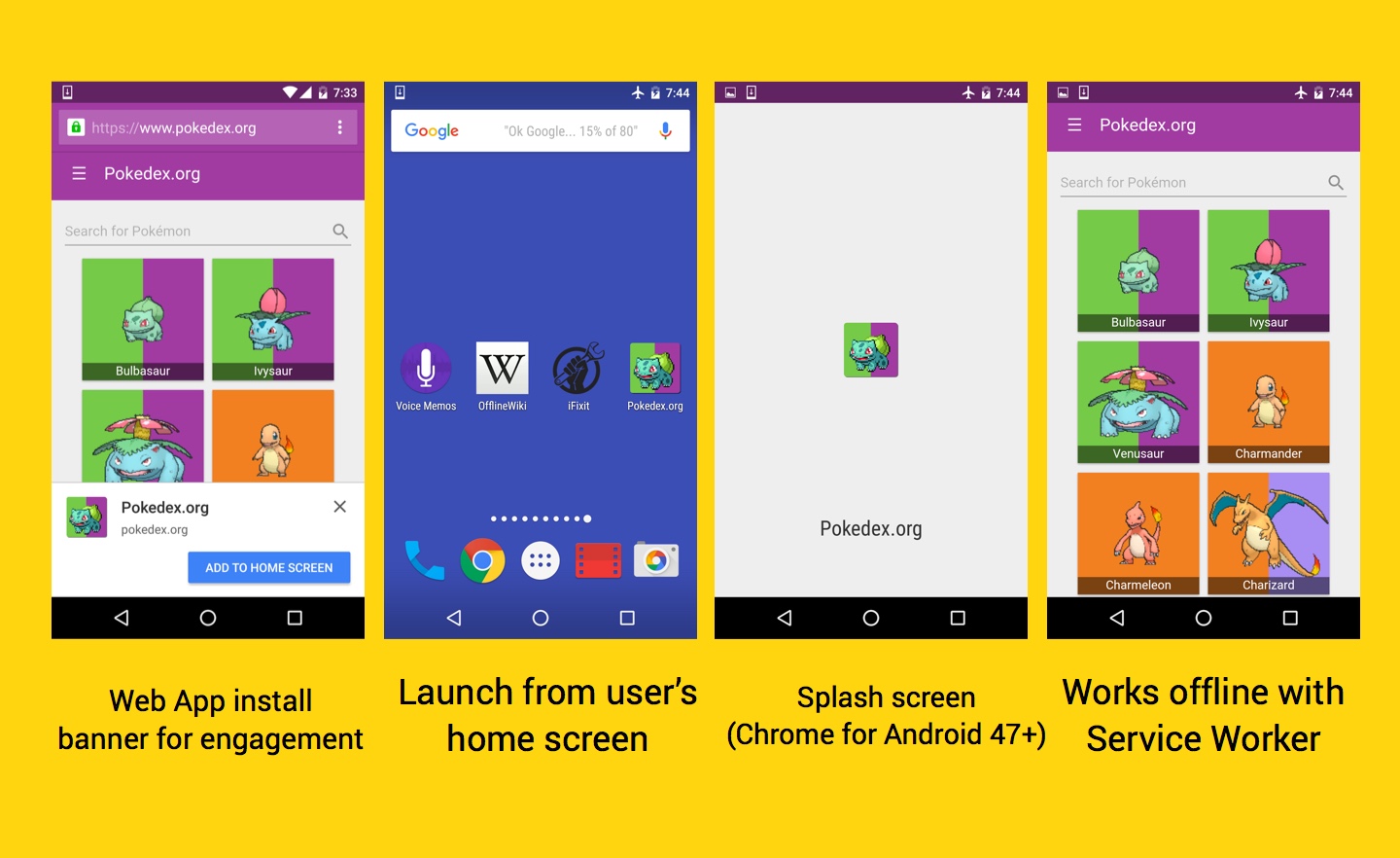Overall, it was a very interesting and busy year. A quick overview on some of the fronts that kept me busy.
Code
On the coding front, it was a year that the ‘progressive web app‘ revolution started. It will be interesting to see what developers will build during 2016. You can see the main projects that kept me busy on this blog (e.g. monetization, startups, web forms) and on my project site. It always great fun to meet developers around the world that are passion on the same topics you are. Here are a few presentations that I gave.

I started to push the monetization efforts, both in code (e.g. like this demo or this article on Autofill) and with two courses with Udacity . Check out the courses, they both great (and yes – I’m totally objective on this one).
Running/Biking
On the running front, I had the pleasure to run all over the world. From “down under” to Europe, San Francisco, New York, Barcelona, Paris, London and even in the holy land. On the cycling part, I had the pleasure to participate in 110mile event that few good friends in CA organized – It was one big loop, from Mt. hamilton to Livermore and back. There were also, a lot of good rides in Ben Shemen and other woods. Continue reading →
Share only with good friends:
 One of the most powerful aspects of the web is the ability to share your ideas and work with others quickly.
One of the most powerful aspects of the web is the ability to share your ideas and work with others quickly.
















